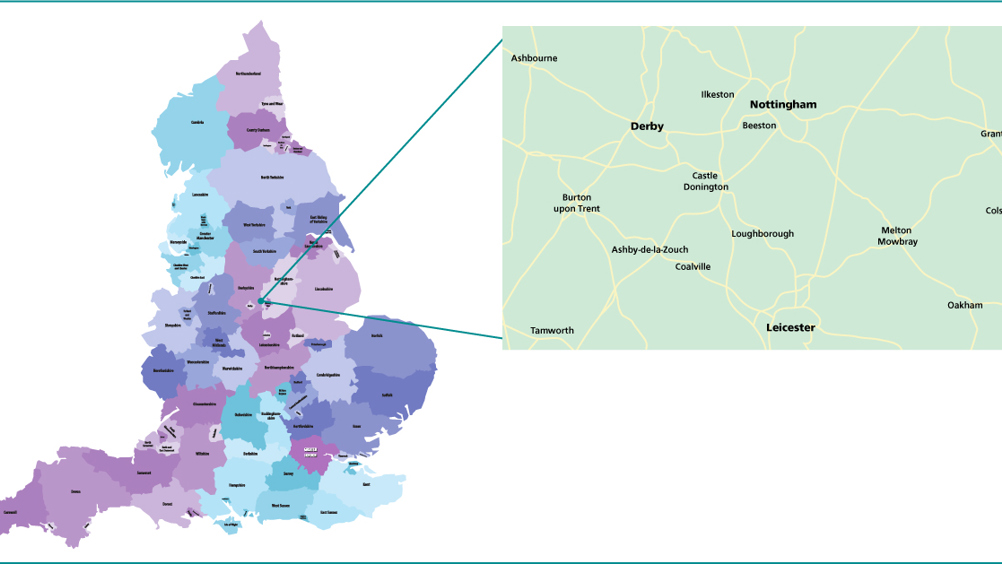References
Soil contamination with Toxocara spp. eggs in public parks in the Midlands

Abstract
Background: Soil contamination in public parks with Toxocara spp. eggs increases the risk of infection to both humans and animals.
Aim: In this study, the hypothesis that soil samples in public parks within the East-Midlands region in England are contaminated with Toxocara spp. eggs was tested.
Methods: A total of 405 soil samples were collected from 23 parks and nine associated play areas in three East Midlands cities, namely Nottingham, Leicester, and Derby. Soil samples were analysed using a modified flotation centrifugation technique.
Results: Analysis revealed that 74% (17/23) of parks were contaminated, with an overall Toxocara spp. soil prevalence of 7.9% (32/405 samples). Moisture, temperature and play areas vs non-play areas were recognised as potential factors associated with Toxocara spp. prevalence in soil. There was a prevalence of 8.06% (15/186) in Derby, 9.65% (11/114) in Leicester and 5.71% (6/105) in Nottingham.
Conclusions: These findings reveal the risks posed to those regularly frequenting these areas. Moreover, there should be further measures to improve environmental control, such as formulating a de-worming scheme that targets vertical transmission from mother to offspring and consideration of the role foxes have in Toxocara transmission.
The roundworm species Toxocara canis and Toxocara cati are responsible for the largely neglected parasitic disease toxocariasis (Woodhall et al, 2014). In England, estimates suggest that up to 14.3% of children between 3 and 7 years of age are infected (Josephs et al, 1981). Serological analysis has shown Toxocara spp. to be far more prevalent in less socioeconomically advanced countries (Chen et al, 2018), reflecting risk factors experienced by poorer nations, such as inadequate sanitation, education and hygiene (McGuinness and Leder, 2014). Nonetheless, there is a prevalence of 5.1% in Americans over 6 years of age, indicating the global significance of this parasite even in developed countries (Liu et al, 2018). Moreover, a study has found that children infected with Toxocara spp. have potentially reduced cognitive function (Walsh and Haseeb, 2012). Humans, alongside small mammals (Chen et al, 2018) and earthworms (Mizgajska, 2001), are paratenic hosts for Toxocara spp., within which the larvae cannot complete their life cycles but can still cause a considerable pathological damage. The nematodes T. canis and T. cati do however have definitive hosts in which they can complete their lifecycles, namely dogs and cats, respectively. A Swiss study has also identified foxes as a potential definitive host of T. canis (Reperant et al, 2007).
Register now to continue reading
Thank you for visiting The Veterinary Nurse and reading some of our peer-reviewed content for veterinary professionals. To continue reading this article, please register today.

